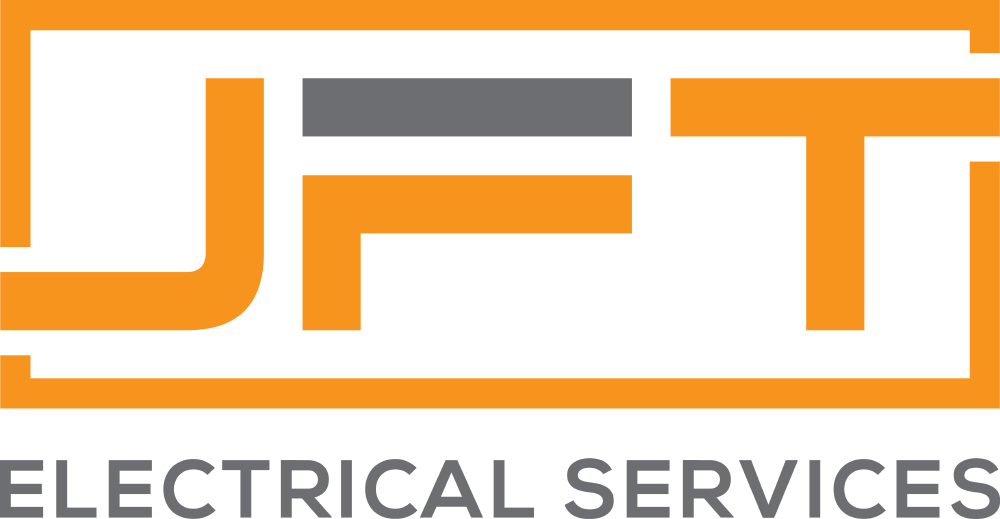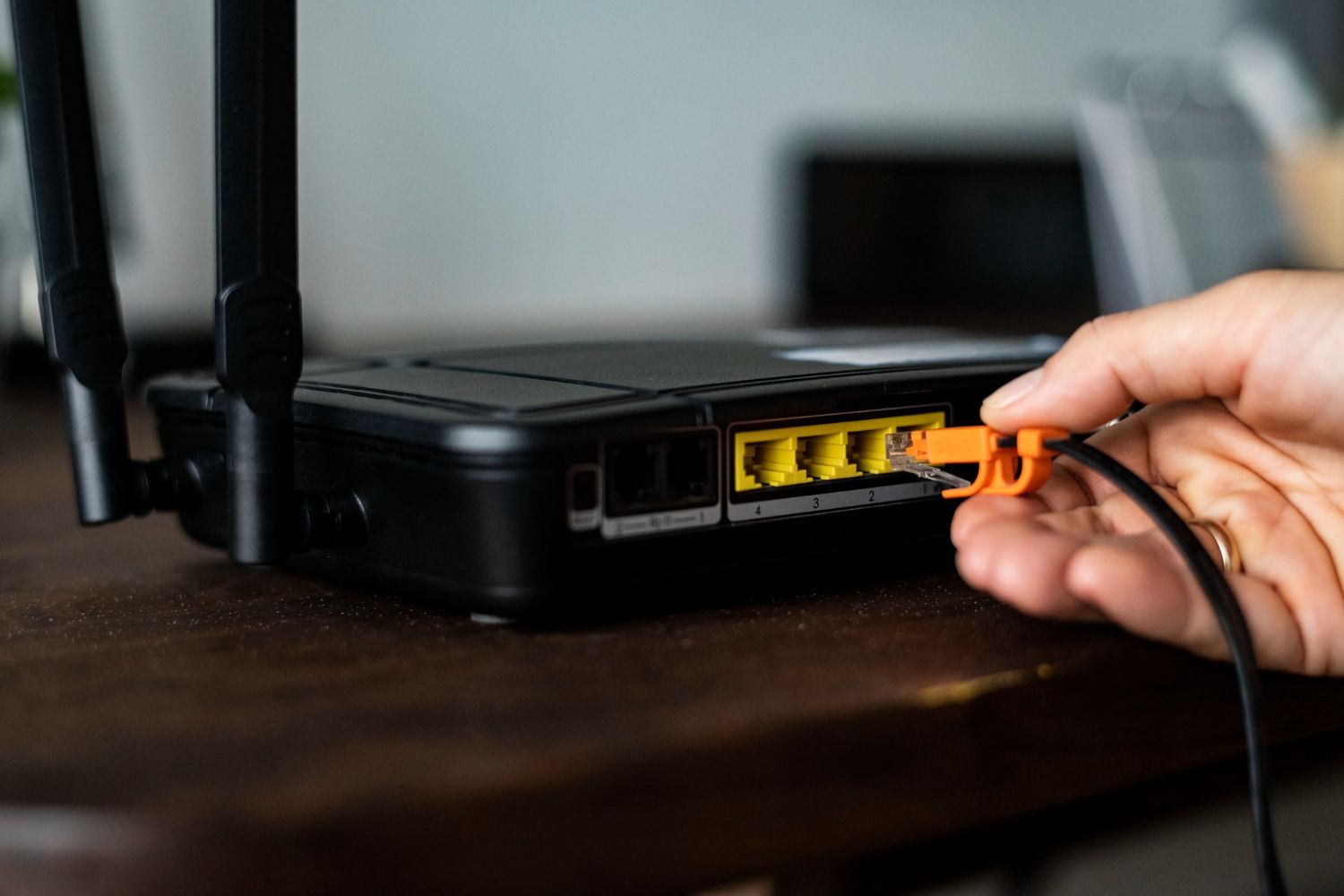Different NBN Connection Types: Choosing the Right One for You
SHARE POSTS:
The National Broadband Network (NBN) has revolutionized internet access across Australia. By replacing the outdated copper wire infrastructure with modern, high-speed connections, the NBN offers faster and more reliable internet for homes and businesses.
However, not all NBN connections are created equal. With five primary NBN connection types to choose from, it's essential to understand the differences between them to make an informed decision.
NBN Connection Types: What to Expect
1. Fibre-to-the-Building (FTTB)
Fibre-to-the-Building (FTTB) is an NBN connection type that provides high-speed internet access to multi-dwelling units (MDUs), such as apartment buildings and office blocks. With FTTB, a fibre optic cable runs from the NBN exchange to a central distribution point within the building. From there, the existing copper infrastructure connects individual units to the network.
Pros:
- Faster speeds compared to traditional ADSL connections
- Suitable for apartment buildings and offices
- Less disruption during installation as the existing copper infrastructure is utilized
Cons:
- Speeds may not be as fast as other NBN connection types due to the use of copper wiring within the building
- Potential for congestion when multiple users are connected in the same building
2. Fibre-to-the-Node (FTTN)
Fibre-to-the-Node (FTTN) is a common NBN connection type that involves running a fibre optic cable from the exchange to a nearby street cabinet, known as a node. The existing copper telephone lines are then used to connect homes and businesses to the node.
Pros:
- Faster speeds compared to traditional ADSL connections
- Utilizes existing copper infrastructure, reducing installation time and costs
Cons:
- Speeds are dependent on the distance from the node, with performance decreasing as the distance increases
- Potential for congestion during peak times due to shared bandwidth among users connected to the same node
3. Fibre-to-the-Curb (FTTC)
Fibre-to-the-Curb (FTTC) is a relatively new NBN connection type that involves running fibre optic cable from the exchange to a distribution point near a property's curb. From here, the existing copper telephone lines connect the premises to the network.
Pros:
- Faster speeds than FTTN due to shorter copper line lengths
- Less disruption during installation as the existing copper infrastructure is utilized
Cons:
- Speeds are still dependent on the quality and length of the copper lines
- Not as widely available as other NBN connection types
4. Fibre-to-the-Premises (FTTP)
Fibre-to-the-Premises (FTTP) is considered the gold standard of NBN connections. With FTTP, a fibre optic cable runs directly from the exchange to each home or business, providing the fastest and most reliable internet connection.
Pros:
- Fastest and most reliable NBN connection type
- No dependence on copper wiring, ensuring consistent performance
- Future-proof technology that can support increasing internet demands
Cons:
- More expensive and time-consuming installation process
- Not as widely available as other NBN connection types
5. Hybrid Fibre Coaxial (HFC)
Hybrid Fibre Coaxial (HFC) is an NBN connection type that utilizes both fibre optic and coaxial cable infrastructure. The fibre optic cable runs from the exchange to a local distribution hub, while the coaxial cable connects homes and businesses to the hub. HFC is commonly used in areas that previously had access to cable television networks.
Pros:
- Faster speeds compared to traditional ADSL connections
- Utilizes existing HFC infrastructure, reducing installation time and costs
Cons:
- Speeds are dependent on the quality and capacity of the coaxial cable network
- Potential for congestion during peak times due to shared bandwidth among users connected to the same hub
The Bottom Line
FTTB, FTTN, FTTC, and HFC have advantages and disadvantages, and the best choice for you will depend on factors such as speed requirements, budget, and location. It's always a good idea to consult an NBN provider to determine the most suitable connection type for your needs.
Are you looking for the
best electrician in Patterson Lakes? No matter what your electrical needs are, JFT Electrical Services is here to help.
Give us a call today to get a free quote and learn more about how we can help you with your electrical needs.
RECENT POSTS:



